With the FA Cup fixtures causing a longer-than-usual Gameweek, we finally have some time to take stock of the landscape after a hectic period of three Fantasy Premier League deadlines in 10 days.
This is the longest break we will have for a while, with the next three deadlines coming thick and fast. We only have the TV schedule for Gameweeks 33-35 so far and certain teams have been afforded longer rest periods compared to others as the below table shows:
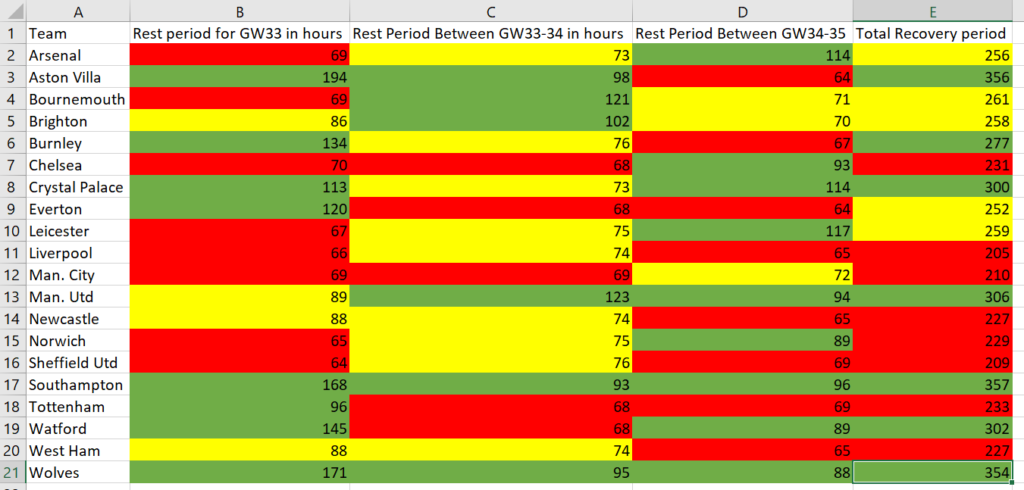
As mentioned in my earlier piece on the Christmas schedule, “recent research has shown that muscle injury risk increases by almost 20% when recovery time is reduced from six to three days”.
It concluded that fixture congestion and insufficient recovery time between matches are two of the major risk factors associated with injuries and suggested that players should have at least 96 hours between matches in order to recover fully. Beyond the 96-hour period, there were no significant gains observed.
Few teams are afforded the luxury of a 96-hour rest in this period, and the teams closest to that are in green in the table. Teams closer to 72 hours are in yellow and below 72 are in red.
The average total rest period is 265 hours so in the final column, teams around that number are in yellow, below that are in red, and teams well above the average are in green.
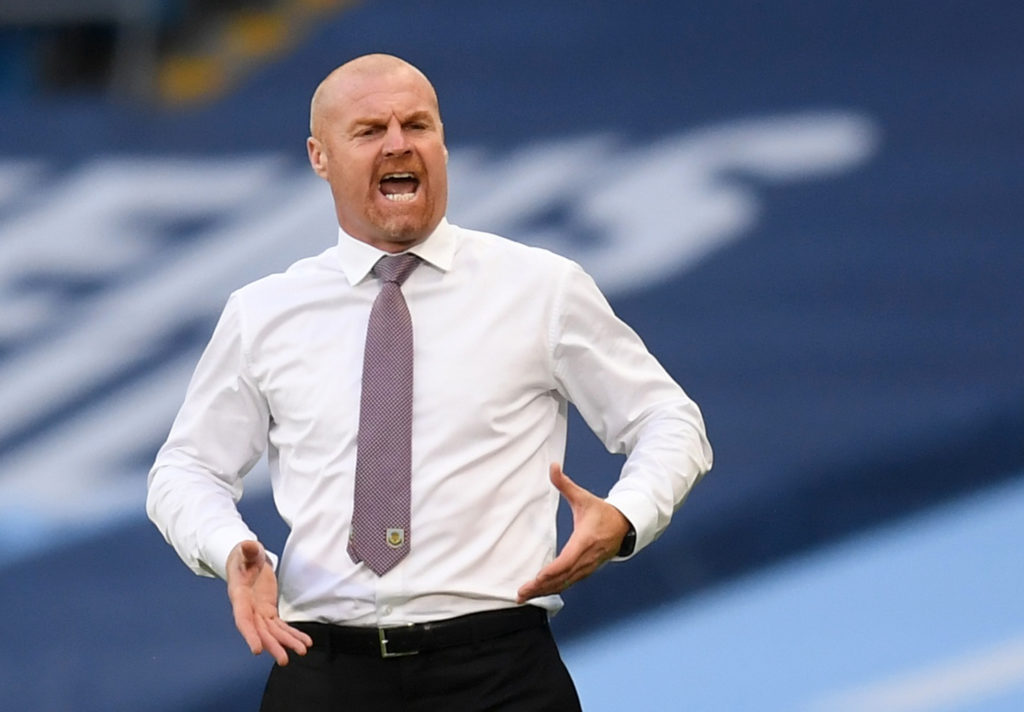
The problem with this table is that it exaggerates the total recovery period for the non-FA Cup teams. For example, Burnley have 134 hours of recovery for Gameweek 33+ which makes their total recovery period look favourable (277 hours) despite just 76 and 67 hours recovery for their next matches, but as quoted above, beyond 96 hours the recovery gains are minimal.
Players still ideally need 96 hours to recover for the next match even if they have had 100+ hours of rest prior.
I still wanted to include this table though as it does, however, emphasise how difficult the schedule is for Liverpool (205), Manchester City (210) and Sheffield United (209). Chelsea (231), Newcastle (227), Norwich (229), Spurs (233) and West Ham (227) have it tough as well.
The below chart looks at only the period between Gameweeks 33-35, ignoring the exaggerated rest periods for teams not involved in the FA Cup:
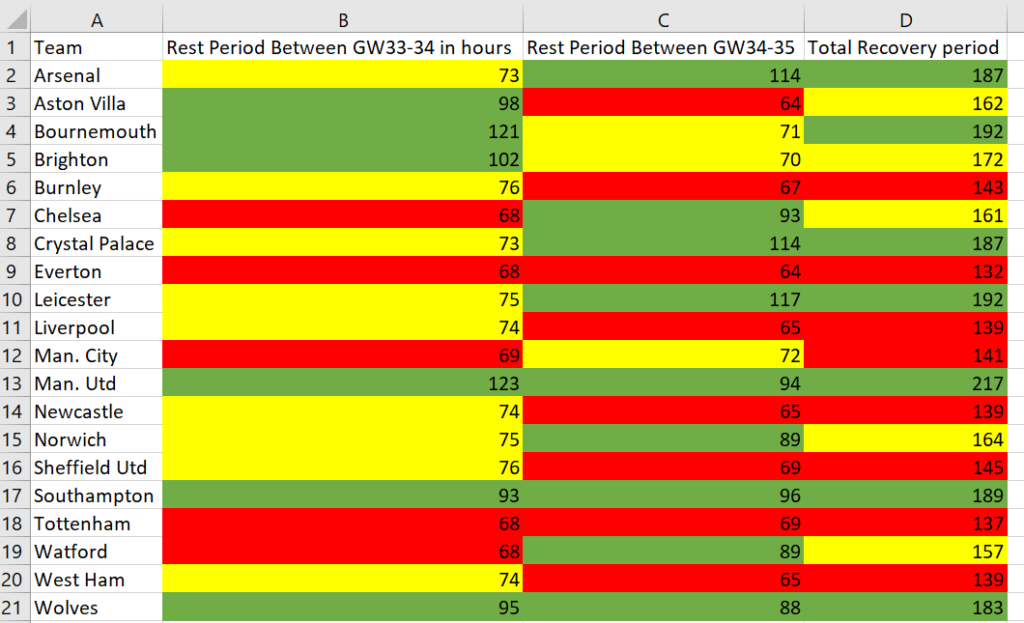
The average total rest period is 163 hours so in the final column, teams around that number are in yellow, below that are in red, and teams well above the average are in green.
Manchester United have 217 hours of rest between their three matches, the most favourable schedule. This is great news for those investing in their assets as rotation should be minimal and performance levels can stay consistent. Wolves also have a relatively relaxed schedule with 183 hours of recovery.
Chelsea, on the other hand, have just 161 hours of rest time. City and Liverpool have extremely compressed schedules with just 141 hours and 139 hours respectively; that’s over three days less than the Red Devils.
Everton and Spurs have reason to be aggrieved as well, with just 132 and 137 hours of recovery time respectively, the lowest in the league. Burnley, Newcastle, Sheffield United and West Ham assets will also need to be monitored with their short recovery periods.
Rotation seems far more likely for these teams in red and drops in performance levels are to be expected as well, especially for teams near the bottom of the table who can’t afford to rotate.
This also makes me ask the following questions:
1. What to do with Liverpool assets?
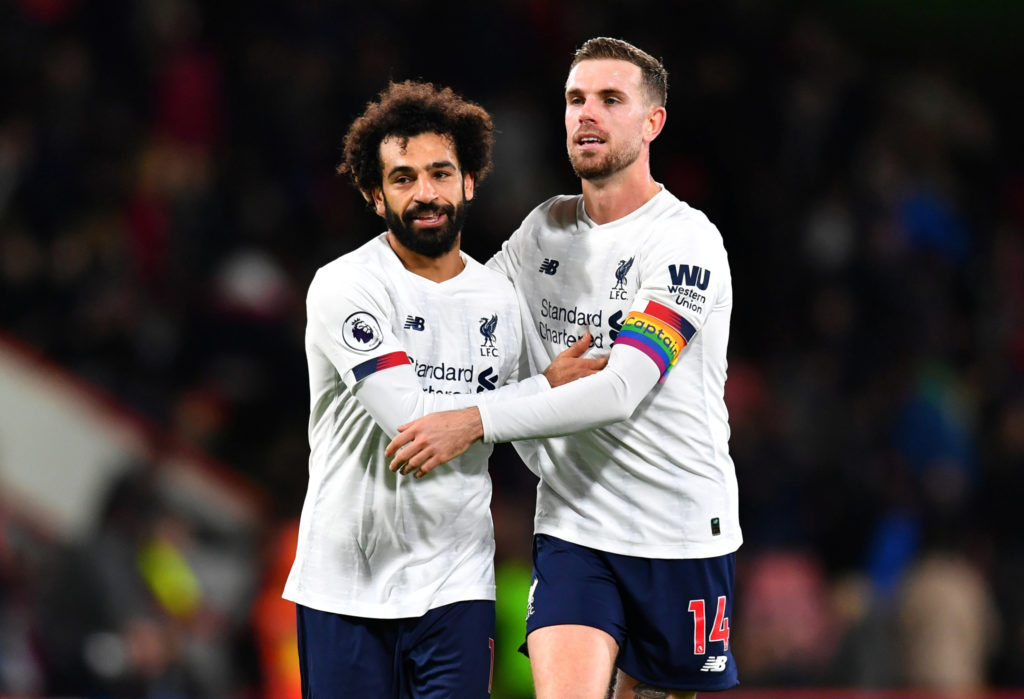
The Reds have now clinched the Premier League title but still have seven league games to play. Klopp has already said that he views the remainder of this campaign as sort of a pre-season for the next one, given the short rest time between the two.
He’s also poured cold water on FPL managers’ hopes that the Reds will play strong line-ups with a view to achieving a record points tally.
In his latest comments, he said:
Getting these types of points tallies sounds pretty nice to me but I’m not sure it’s possible because six or seven of the remaining games we play in a very short period of time. Every three days we will need to make a lot of changes, we need to be lucky and make sure nobody gets injured. We need to be lucky there. If a player gets injured he cannot play the next five as well so that makes it really tricky for all of us.
This makes things a bit tricky for us FPL managers, as well, in terms of owning expensive midfield assets like Mohamed Salah (£12.6m) or Sadio Mane (£12.5m). Trent Alexander-Arnold (£7.8m) is a bit less of an issue given his low price. They are all likely to start the Manchester City fixture given the long rest but right after that they play Villa with just 66 hours of recovery, then it’s Brighton with just 74 hours rest and then Burnley with just 65.
If we do hold our Liverpool attackers, we have to be careful with the captaincy. If Salah/Mane get benched in one game, they become captain material for the next game. Such patterns will have to be monitored closely, as well as the substitutions in the City game. Salah will no doubt be hungry for the Golden Boot but it seems unlikely Klopp will risk injury by starting him in all three games.
2. Do we put our faith in Jesus?
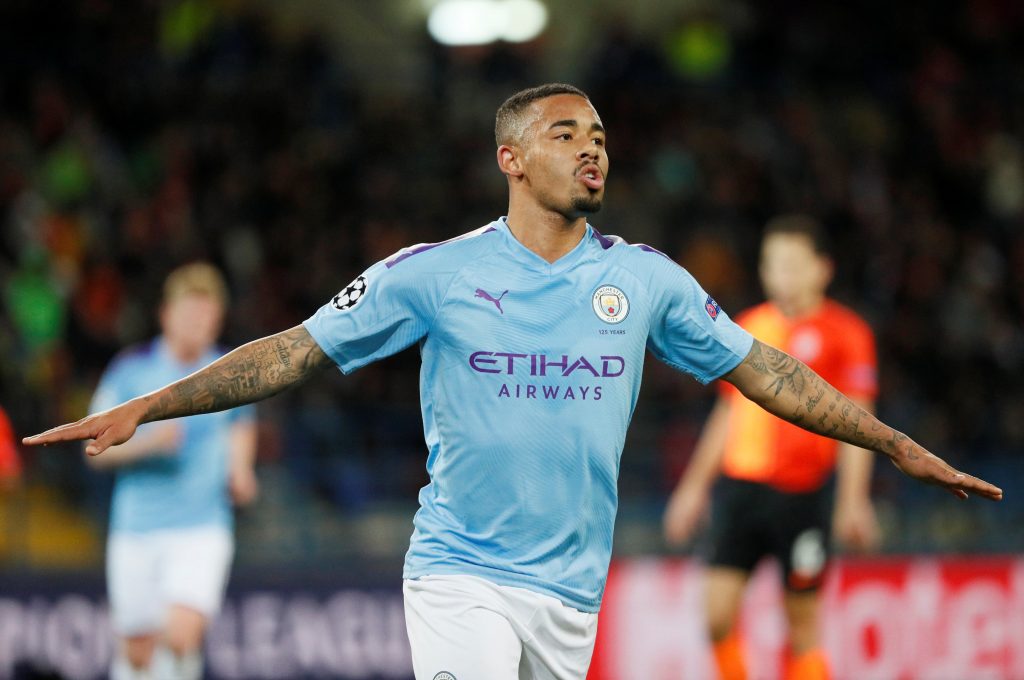
Manchester City have the best run of fixtures from Gameweek 33-38 and with Sergio Aguero (£11.7m) ruled out due to injury for that entire period, investing in Gabriel Jesus (£9.6m) is certainly tempting.
However, as the Chelsea fixture showed, the Brazilian’s starting spot is not guaranteed with Bernardo Silva (£7.7m) and Raheem Sterling (£11.7m) alternatives in that role.
Pep Guardiola has already gone on record stating his priority is the cups going forward and he will not want to risk his only recognised striker picking up a fatigue-related injury in such a busy schedule, so his minutes might be managed very carefully. Kevin De Bruyne’s (£10.7m) pitch-time will no doubt be monitored as well.
3. Could differences in rest periods affect performances?
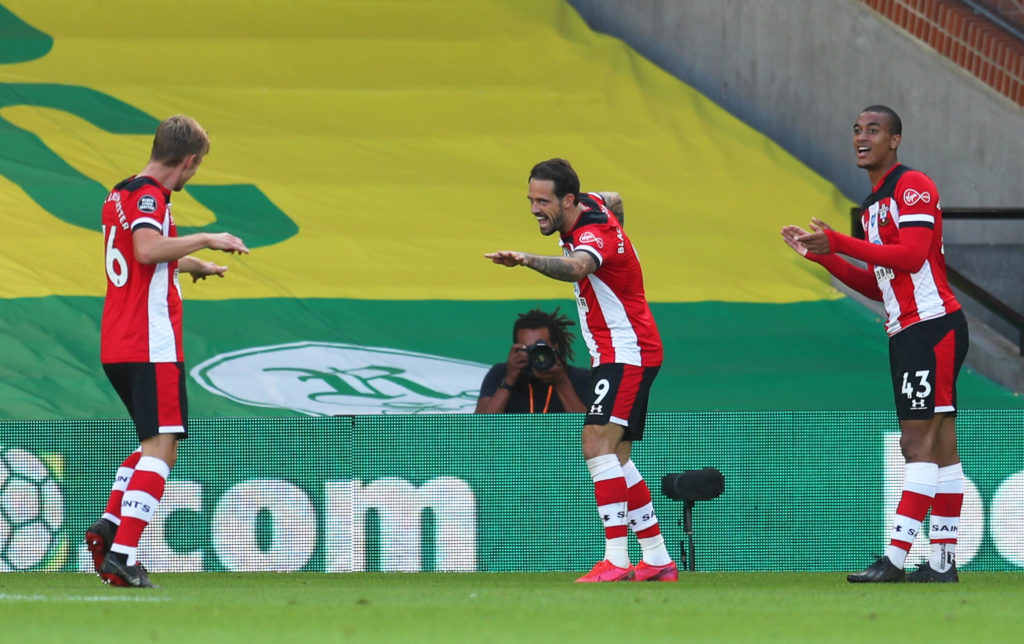
In Gameweek 34, Spurs play Bournemouth with the former having 68 hours of recovery compared to the Cherries’ 121. Everton will have had just 68 hours rest compared to their opponents Southampton’s 93.
In Gameweek 35, Villa have just 64 hours of rest versus 114 for Palace. Everton have 64 hours to Wolves’ 88. Newcastle have 65 hours to Watford’s 89. Sheffield United have a full 24 hours less recovery time than their opponents Chelsea. Arsenal have nearly two days more recovery time than Spurs.
These differences need to be kept in mind as they will likely have an impact on energy levels and performances.
4. Could switching between heavy hitters be beneficial?
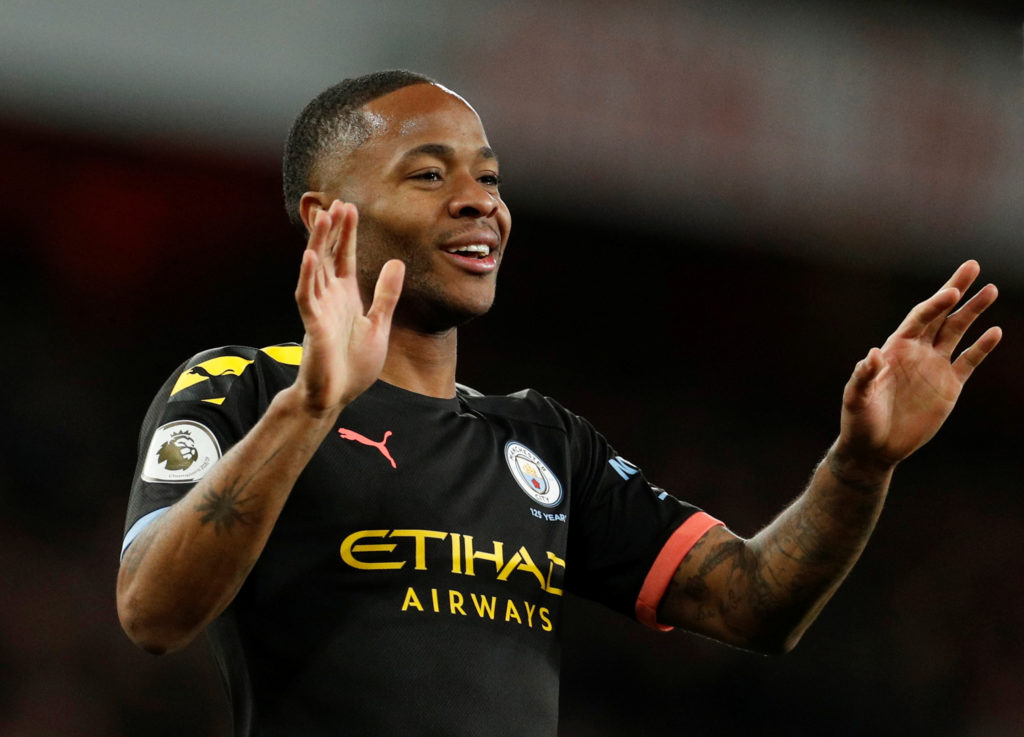
Like I mentioned earlier, a benching for a heavy-hitting asset like De Bruyne, Salah, Mane, Sterling etc increases their probability of starting the next game. So switching between them and handing them the armband depending on their minutes in the previous game could be rewarding. It is highly unlikely that any of them will start every match given their schedules.
My Team
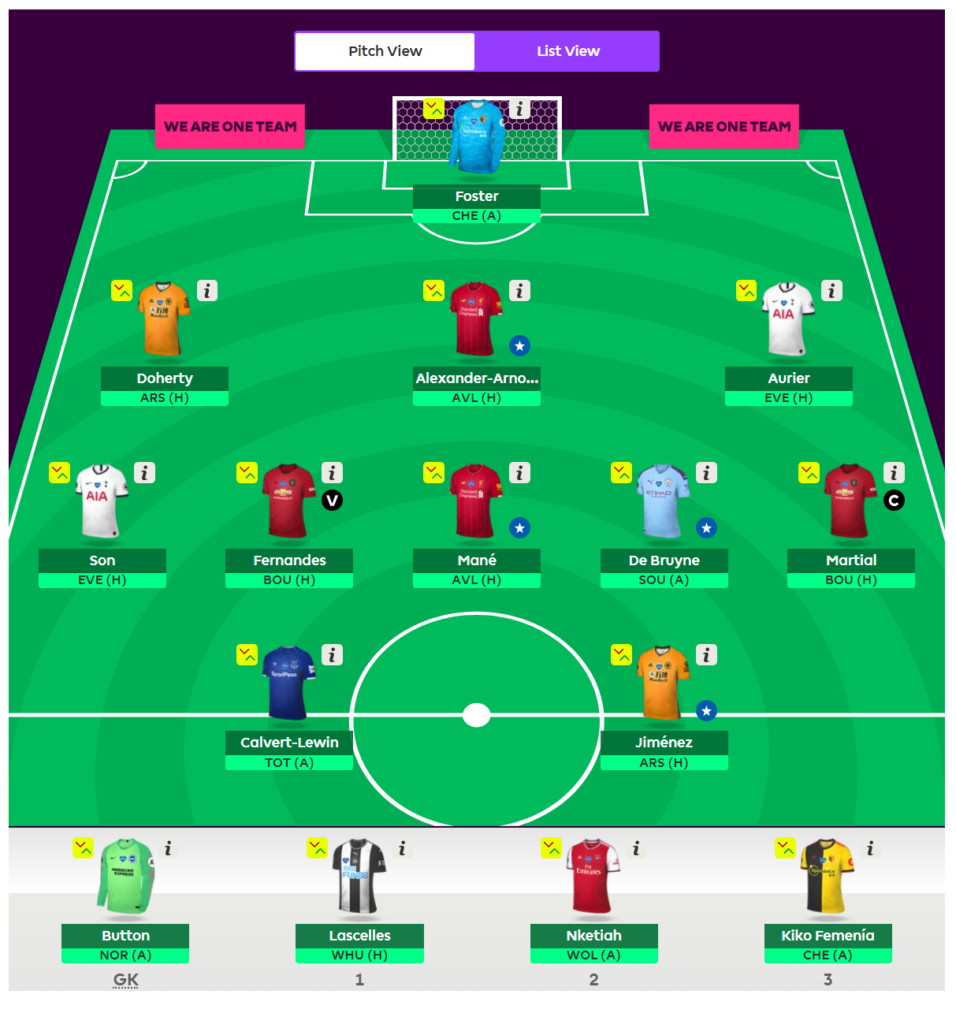
Having looked at the schedule, getting a third Manchester United player into my squad will be my priority. They have the ideal motivation and near-perfect fixtures/scheduling.
Dominic Calvert Lewin (£6.4m) and Sadio Mane (£12.5m) will likely be making way for Marcus Rashford (£9.1m) and Christan Pulisic (£7.0m) with my two free transfers. Selling De Bruyne instead of the Senegalese is also an option.
Hope you found this information useful. Good luck and stay safe!
An FPL veteran of 10 seasons, Utkarsh Dalmia has been a member of the site right since 2009 and has finished in the top 5k in six of those campaigns, with a best finish of 17th in 2010. A Chelsea fan based in India, he relies heavily on statistics for his FPL decision-making process.
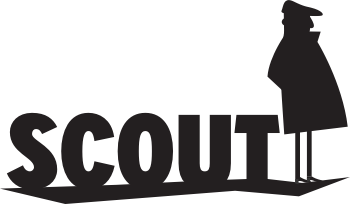


4 years, 4 months agoIngs